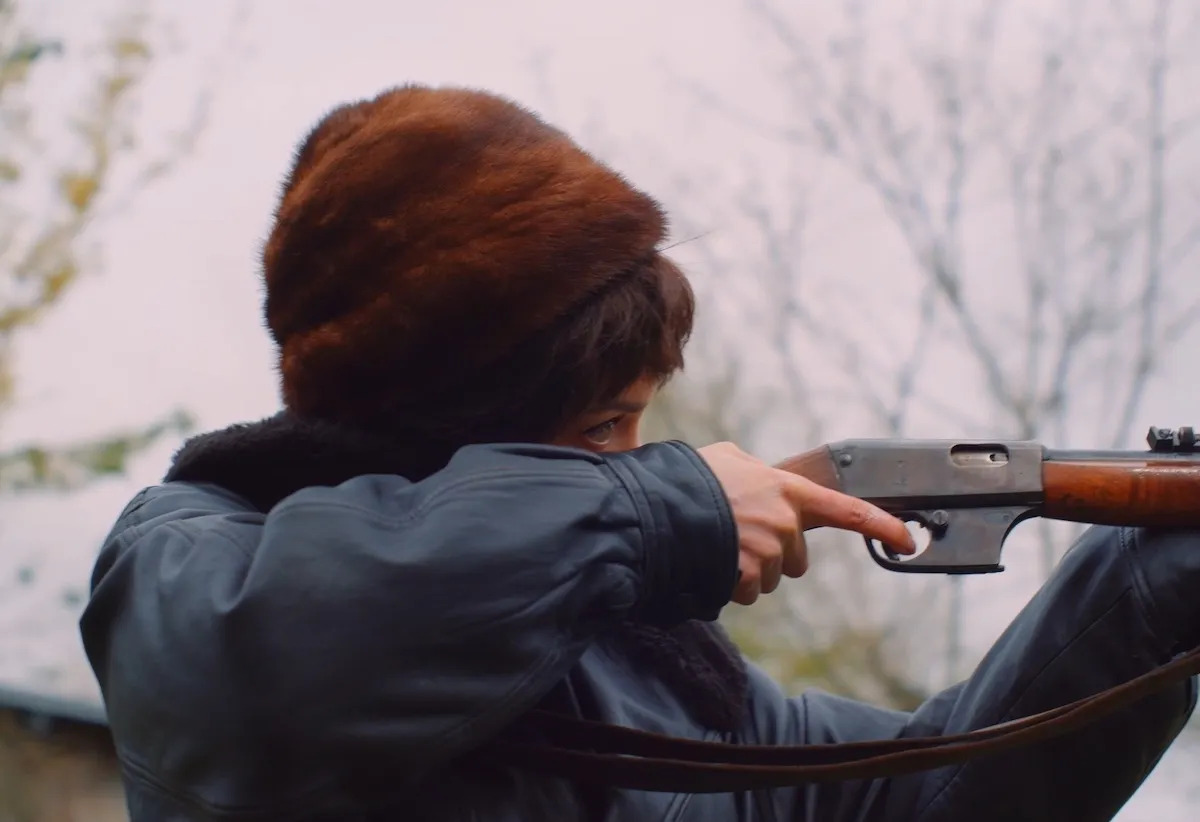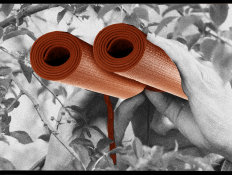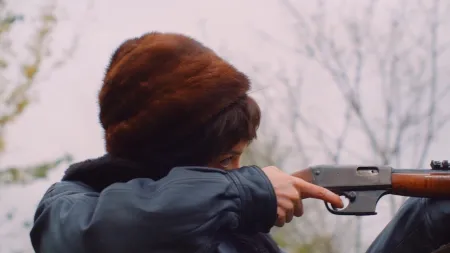
In 1952, Niki de Saint Phalle moved from the United States to France with her husband Harry Mathews and her infant daughter. Dark childhood memories, including ones involving her incestuous father, started to resurface, moving her to commit herself to a mental institution, where she received electroshock treatment. Her short stay there inspired a major life change. No longer would she be a model and an actress. Now, she would become a full-time artist.
The de Saint Phalle that most people know is a tortured, tempestuous sculptor of big-breasted women known as “Nanas.” But with her film Niki, director Céline Sallette has complicated this perception, showing that she was resilient well before she even became an artist.
“I wanted to tell the story before history, to show how a young mother from an aristocratic background was destined to become one of the most powerful artists of her century,” said Salette, an actress known for appearances in films such as House of Tolerance and Rust and Bone who is here making her directorial debut.
Starring Charlotte Le Bon in the titular role, Sallette’s biopic has been received warmly in France, where it played at the Cannes Film Festival over the summer before being released theatrically this past October.
The film spans about 10 years of de Saint Phalle’s career, showcasing the period just before she started exploring oppression, violence, and joy in era-defining sculptures and paintings. Niki starts out in the ’50s with the artist wearing an immaculate white dress and a glistening tiara, striking delicate poses for a photographer that orders her around. It ends with the artist, now donning a short haircut and a more masculine outfit, preparing to shoot pockets of paint covered in plaster for her famed 1961 performance Tir.
Le Bon bears a striking resemblance to the artist, who died in 2002, and as it turns out, they have more in common than just their looks—both started off in the fashion industry.
Pictures of de Saint Phalle covered issues of Life, Vogue, and Elle before she turned to painting and sculpture, while Le Bon started out drawing before becoming a model, a line of work that she quit at age 23. Just by watching Le Bon prepare a canvas or frantically mix colors with her bare hands, you can tell that she has some experience with art herself. That makes Le Bon especially believable in this role.

Frequently, Le Bon is shown beginning to make de Saint Phalle’s paintings, which don’t always appear on screen. That’s because Salette was not allowed to have copies made of the de Saint Phalle’s work—an unusual stipulation for an artist biopic. Because of this, the canvases are not always put front and center.
Others’ artworks feature more prominently. There’s one scene toward the beginning where de Saint Phalle is shown walking around the Louvre and lingering in front of Théodore Géricault’s Raft of the Medusa. She has a much different reaction to a Bernini sculpture of a snake-haired Medusa, which instantly scares her away. The scene is clearly meant to be symbolic. Medusa was known in ancient Greece for petrifying anyone who dared to look her in the eye, and has been seen as a personification of madness. In that way, this sculpture’s appearance foreshadows the nervous breakdown that caused de Saint Phalle to be committed, with her consent, to a mental institution.
If you are not an art aficionado, you may not feel cheated by Niki—there’s not a lot of the artist’s work on display here, and that can make the film tough for those who don’t come in knowing de Saint Phalle’s biography. Still, there’s some efficient visual storytelling. In the first scene, for example, a ray of light draws a line on de Saint Phalle’s face, separating her dark past from the luminous future ahead of her. “Am I free?” she asks, setting the tone for the rest of the film.

Elsewhere, there are split screens meant to evoke the divisions that recurred throughout de Saint Phalle’s biography. These split screens are meant to “highlight the mythological dimension of de Saint Phalle’s life,” as Sallette termed it. There’s one sequence, for example, mean to mark the ending to her relationship with the artist Jean Tinguely in which his reading of her breakup letter is paralleled with her crying in her car. The separation is here made literal.
French music producer Para One provided the film’s expressive soundtrack, which mirrors de Saint Phalle’s ups and downs. The chaotic sounds of feet tapping, knives clinking, and electroshocks buzzing create anxiety throughout the film, but when Para One’s music plays, the film communicates that de Saint Phalle has reached a breakthrough. In the end, brass instruments dominate, as if to suggest that she had finally found fortune and fame.
This is a movie about transformation—de Saint Phalle winds up a very different person from the one she was at the film’s beginning. Isn’t this all a bit neat, given the messiness of de Saint Phalle’s avant-garde spirit and style? Perhaps, but the film is certainly tidy enough for anyone to enjoy it
Nour Mobarak’s Polyphonic Opera Dissects the Power and Limits of the Human Voice
Samantha Box’s Still Life Collages Look at How the Caribbean Is Exported to Its Diaspora

How the 1957 Chevrolet Bel Air Captures the Golden Age of American Cars

King Charles III’s and Queen Camilla’s Royal Warrant Holders Are More Eco-conscious Than Ever

This is Google’s answer to ChatGPT o1 reasoning AI

Netflix Grabs 2027, 2031 Women’s World Cup TV Rights



